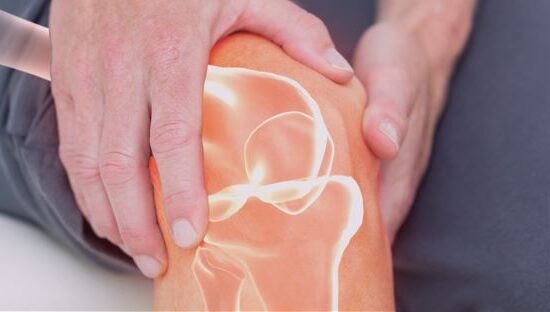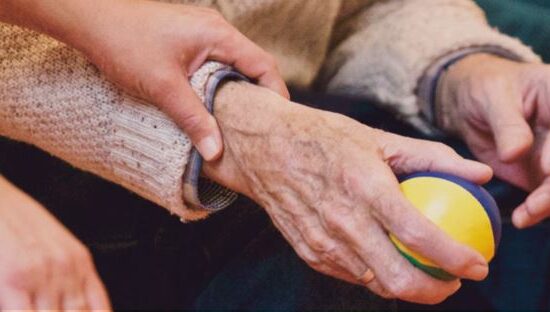What is spina bifida?
Spina bifida corresponds to a congenital malformation occurring during pregnancy. It is characterized by an incomplete closure in the spinal column, generally in the lumbosacral region, leaving part of the spinal cord exposed.
Where does it come from?
Spina bifida is a condition resulting from the incomplete closure of the neural tube during the development of the embryo. In some cases, it may be caused by a genetic mutation. However, there are several risk factors pertaining to the period of the pregnancy, such as:
- Taking valproic acid (medication treating epilepsy and bipolar disorders);
- Hyperthermia (abnormally high body temperature);
- Insufficient folic acid intake;
- Diabetes;
How can it be recognized?
Since several forms of spina bifida exist, the nature and severity of the symptoms differ from one to another. The lumbosacral nerves that can be affected by this condition are involved in the muscle functions (of the limbs), as well as the digestive and genital functions and in the bladder and anal control. Among the manifestations noted are:
- Motor disorders;
- Altered sensitivity and weakness of the lower limbs;
- Spinal cord and vertebral anomalies;
- Colon damage;
- Urinary and/or fecal incontinence;
- Variable degrees of paralysis;
- Intellectual disability (more rarely);
- Hydrocephalia (presence of fluid in the brain resulting in neuromotor and cognitive disorders).
Solutions supporting people with spina bifida
Take advantage of assistance to mobility and accessibility
A wide range of support products and services exist in several fields. They help improve the quality of life both of the patient and the natural caregivers. Many solutions for assistance in walking and mobility, residential adaptation or home help and comfort are available to support people with spina bifida. They seek to respond to patients’ lesser and greater needs for assistance, while providing them with comfort, independence and safety.







